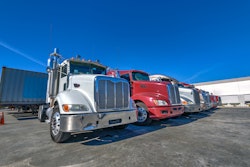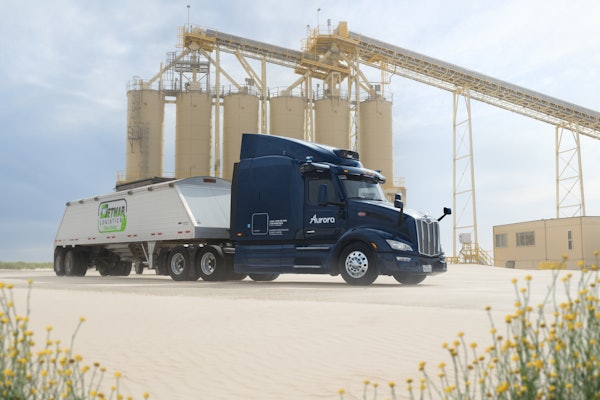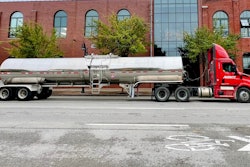Preliminary North American Class 8 net orders for March totaled 15,700 units, reflecting a 14% decline from the previous month and a 22% drop year-over-year, according to FTR Transportation Intelligence.
ACT Research estimated that Class 8 net orders totaled 16,000 units in March, marking an 8.3% year-over-year decline.
FTR’s data indicated that the figure fell well below the 7-year March average of 24,760 units and exceeded typical seasonal declines. The vocational truck segment accounted for much of the monthly decline, though on-highway orders were also notably weaker. Over the past 12 months, total Class 8 orders reached 277,927 units.
Persistent uncertainty in tariffs, the economy, freight and regulations have the potential to disrupt fleet investment and replacement cycles, said Dan Moyer, senior analyst, commercial vehicles, at FTR. Additionally, anticipated revisions to the U.S. EPA’s 2027 NOx regulations brings another layer of uncertainty.
The market uncertainty could potentially prompt fleets to either accelerate purchases ahead of expected price hikes or, more likely, delay investments until market conditions stabilize, Moyer said.
The latter scenario appears more prevalent as evidenced by a 25% year-over-year decline in net orders for 2025 so far, according to FTR’s data. Cumulative net orders for the 2025 order cycle (September 2024 through March 2025) have fallen 8% year-over-year as well.
“New and pending U.S. tariffs and retaliatory tariffs are expected to significantly increase costs for North American Class 8 trucks, tractors and related components,” Moyer said.
American Trucking Associations President and CEO Chris Spear projected that tariffs could drive up the cost of a new tractor by as much as $35,000.
President Donald Trump announced Wednesday that the U.S. will place a universal baseline of at least 10% tariff on all imported goods effective April 5. Additionally, reciprocal tariffs will be applied to specific countries, including China, Japan and the European Union, starting April 9.
[RELATED: Cross border imports surged ahead of Trump tariffs. Boost could last '2 or 3 more weeks']
While OEMs and suppliers may explore production shifts to mitigate tariff exposure, Moyer pointed out that such adjustments are costly, complex and time-consuming, adding further challenges to industry planning.
“The first quarter of 2025 has been defined by one word: uncertainty,” said Carter Vieth, research analyst at ACT Research.
Vieth noted that it’s unclear whether the slowdown in orders stems from cooling economic activity, private fleets pausing expansion or responses to trade and policy uncertainty.
“This remains an open question,” Vieth said.














